This is taken from Analog-to-Digital Conversion by Marcel Pelgrom.

Okay, I understand that with 1-bit quantization, the output is block-wave (Square) and that of course when you do the Fourier Series, has harmonics. That makes sense.
What I don't understand is, how come when we go to higher quantization bit levels (2, 3, 4, 5), the harmonic power decreases? I mean there is still square/block waves asssociated with those, just with smaller jumps.
TLDR: Why does increasing number of quantization bits, decrease the harmonic power?
